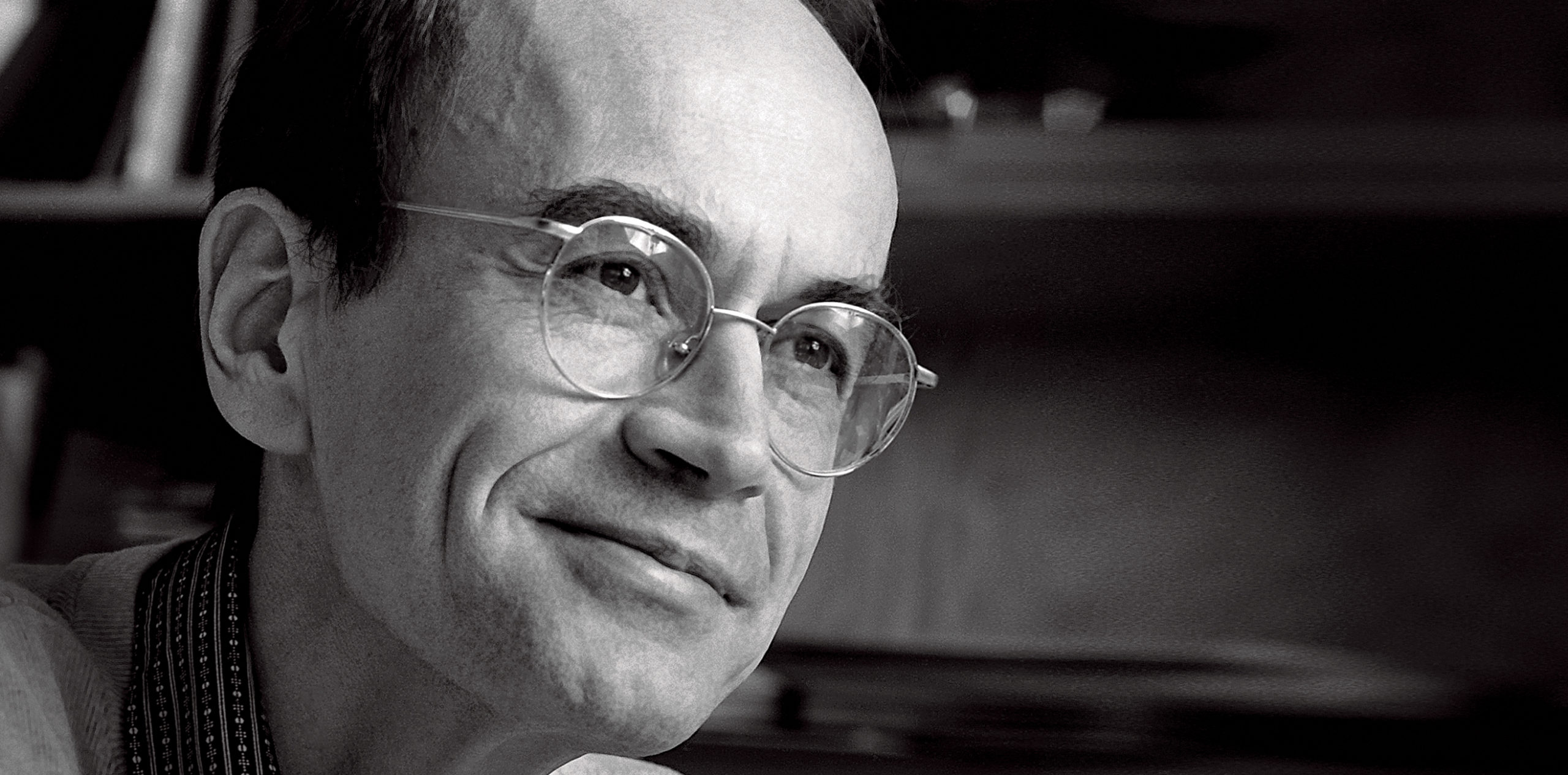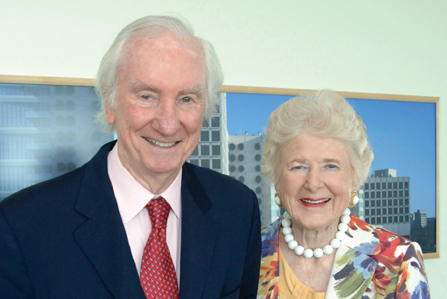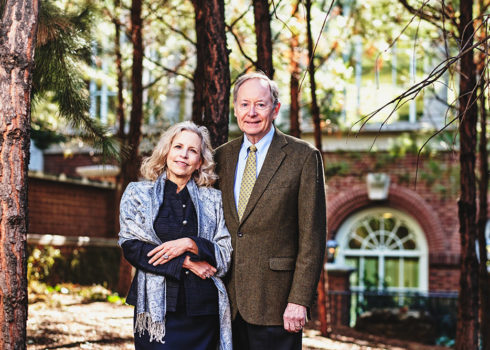
Thomas Südhof, M.D., Ph.D., Adjunct Professor of Neuroscience and former Chair of the department at UT Southwestern, was one of three scientists awarded the 2013 Nobel Prize in Physiology or Medicine. The award was the sixth Nobel Prize won by a faculty member of UT Southwestern. Dr. Südhof, now at Stanford University School of Medicine, shared the Prize with American biochemists and cell biologists James E. Rothman, Ph.D., and Randy W. Schekman, Ph.D., for their “discoveries of machinery regulating vesicle traffic, a major transport system in our cells.”
Dr. Südhof’s work, which built upon independent discoveries by Drs. Rothman and Schekman, solved the mystery of how the cell organizes its transport system. He was recognized for pioneering work performed at UT Southwestern on synaptic transmission, the process by which brain cells communicate with each other via chemical signals passed through the spaces – or synapses – between them. His findings led to better understanding of brain function under normal and pathologic conditions, such as Alzheimer’s disease.
Dr. Südhof was born in Germany in 1955 and earned his M.D. and Ph.D. at the University of Göttingen in 1982. “Others made me aware of Mike Brown and Joe Goldstein’s excellent work, and at that point they were perhaps not as famous as they are now,” he recalled. “They were in Dallas, Texas…so it wasn’t necessarily an obvious choice… But I went to Dallas to visit and interview, and I think everybody in the world would have been incredibly impressed… I was extremely happy that I was invited to join their lab.”
Dr. Südhof arrived in Dallas in October 1983 and worked on cholesterol metabolism investigations in the Goldstein-Brown lab before joining the faculty as an Assistant Professor of Molecular Genetics, as well as a Howard Hughes Medical Institute Investigator, and turning his attention to neurotransmission.
“When I started my laboratory at UT Southwestern in 1986, neurotransmitter release fascinated me because of its importance, its inexplicable speed, and its precision,” Dr. Südhof recalled. Neural transmission occurs within 1 to 5 milliseconds (thousandths of a second) and, at the time, its molecular basis was completely unknown. As a result of Dr. Südhof’s research, synaptic transmission is today one of the best understood phenomena in neuroscience.
What my work has done is shed light on how synapses work. And by doing that, it has allowed progress in probing why the synapses don’t work as well in Alzheimer’s disease and thus has enabled a better understanding of the disease.
Thomas Südhof, M.D., Ph.D.
In 1986, Dr. Südhof had planned to return to his native Germany as a physician-scientist after completing his postdoctoral work at UT Southwestern with Nobel Laureates Drs. Michael Brown and Joseph Goldstein. But the ongoing support of Dallas philanthropists and private foundations provided the resources to keep him at the Medical Center. “They funded his research at a time when nobody else in the world knew how great he was except for a few people in Dallas,” Dr. Brown said. “I am very grateful for all of the philanthropic contributions and for those who visualized the long-range importance of neuroscience research,” Dr. Südhof said.


